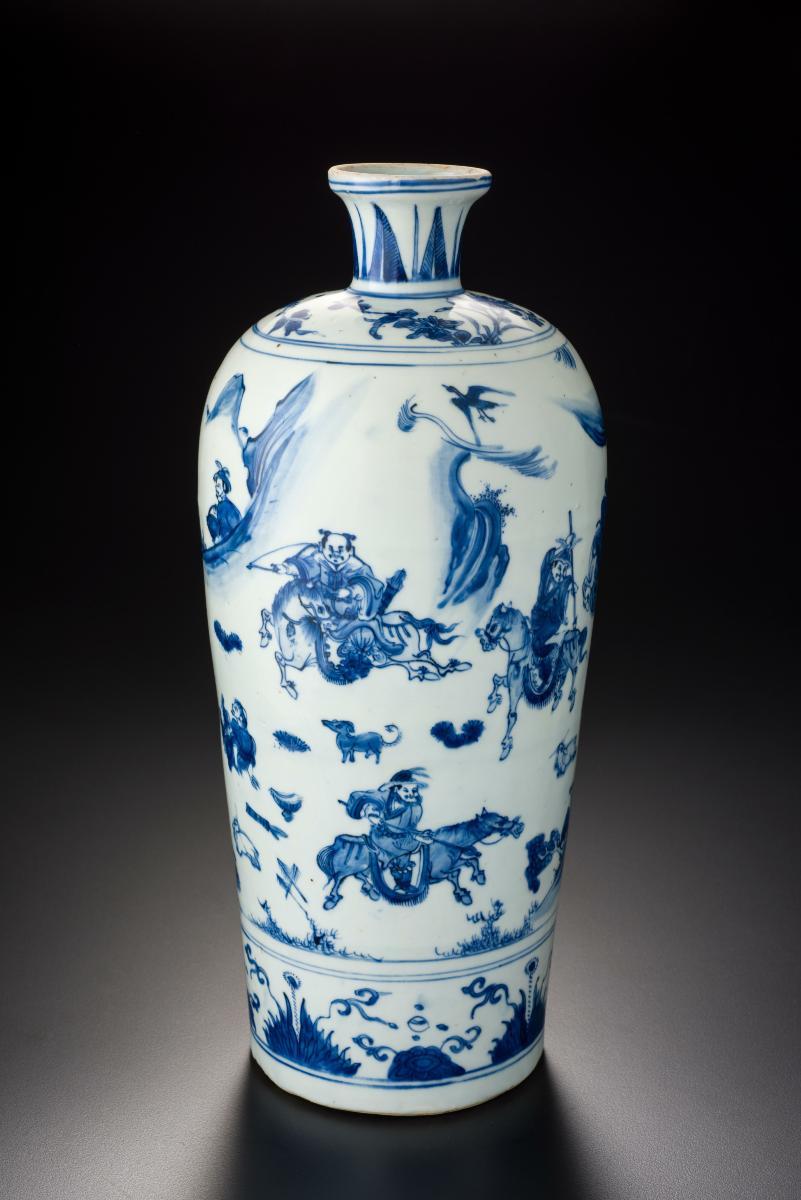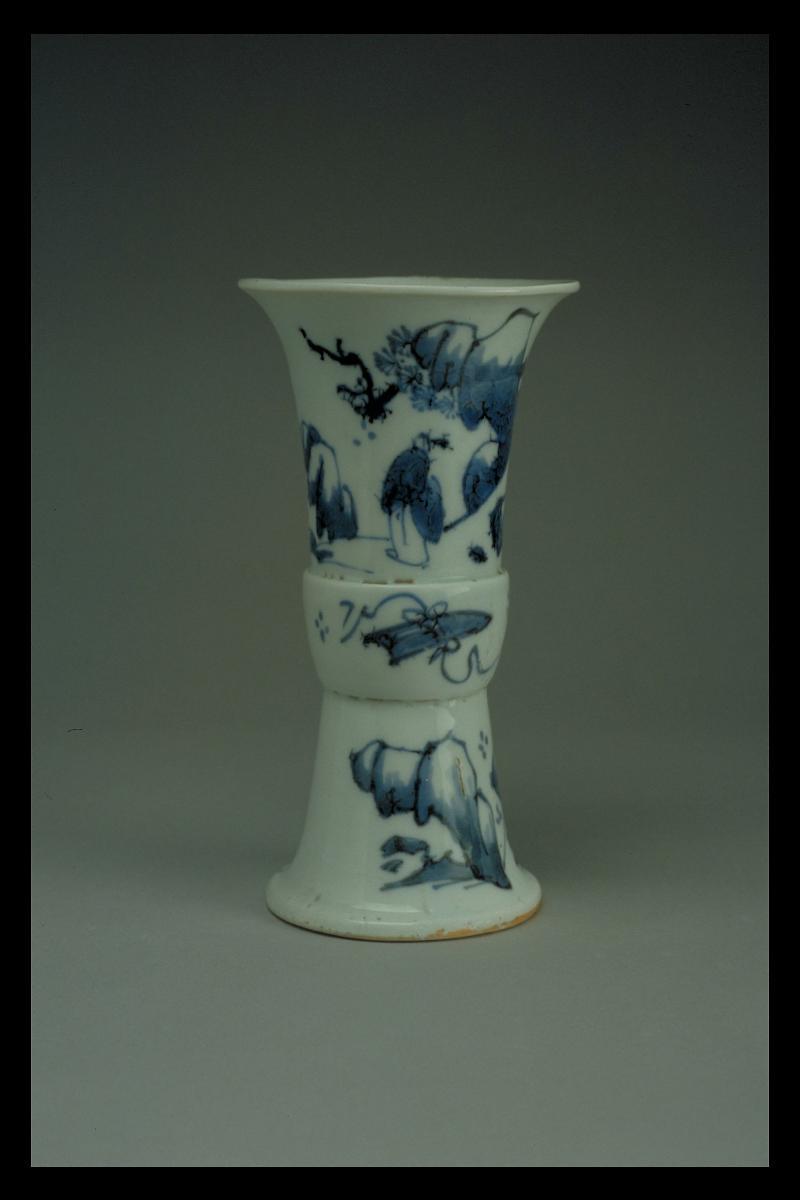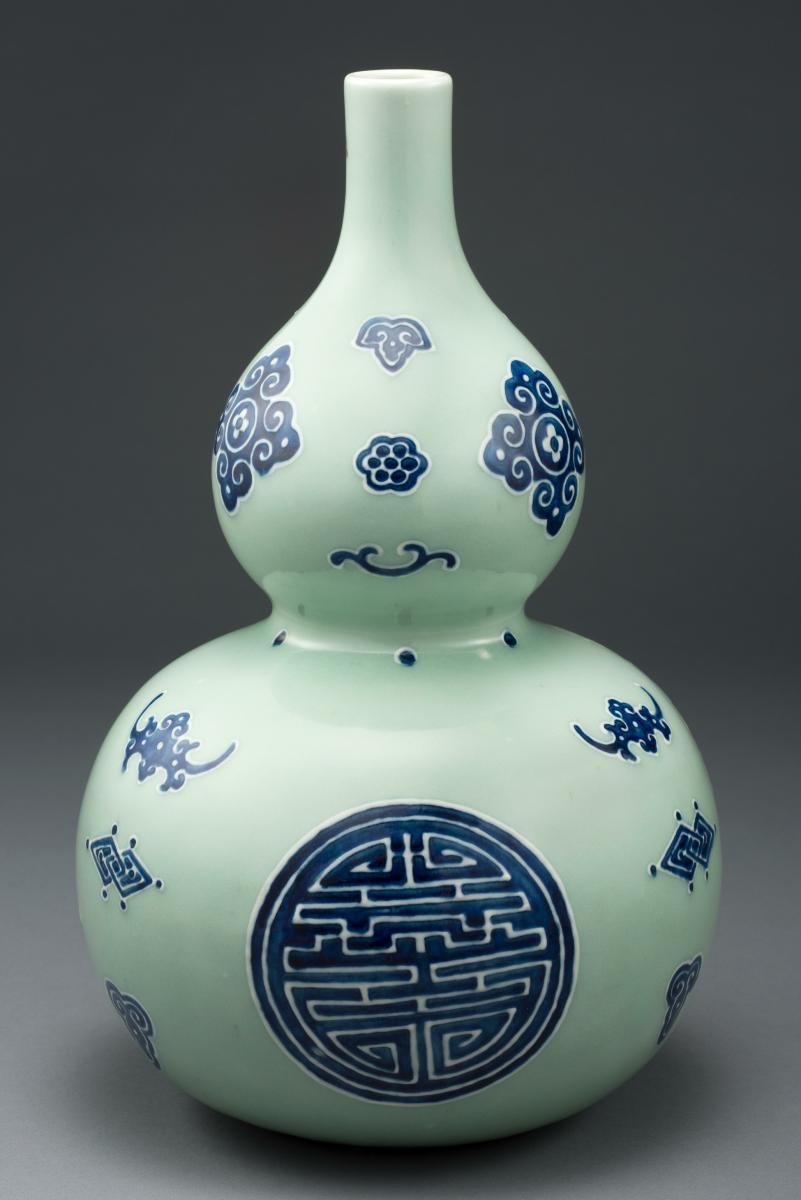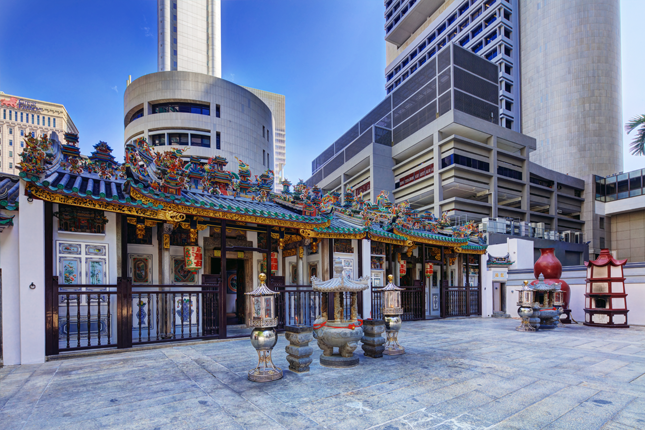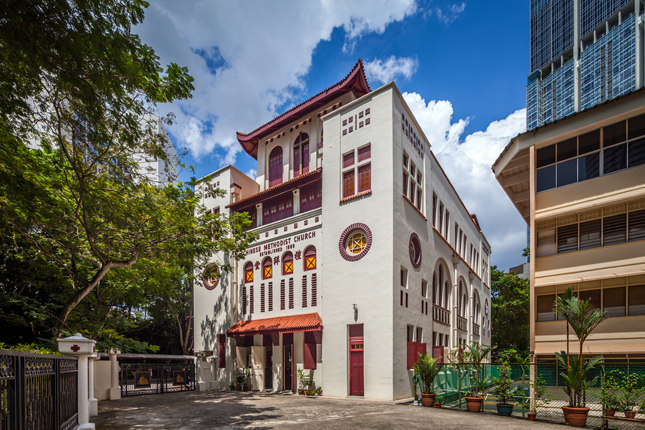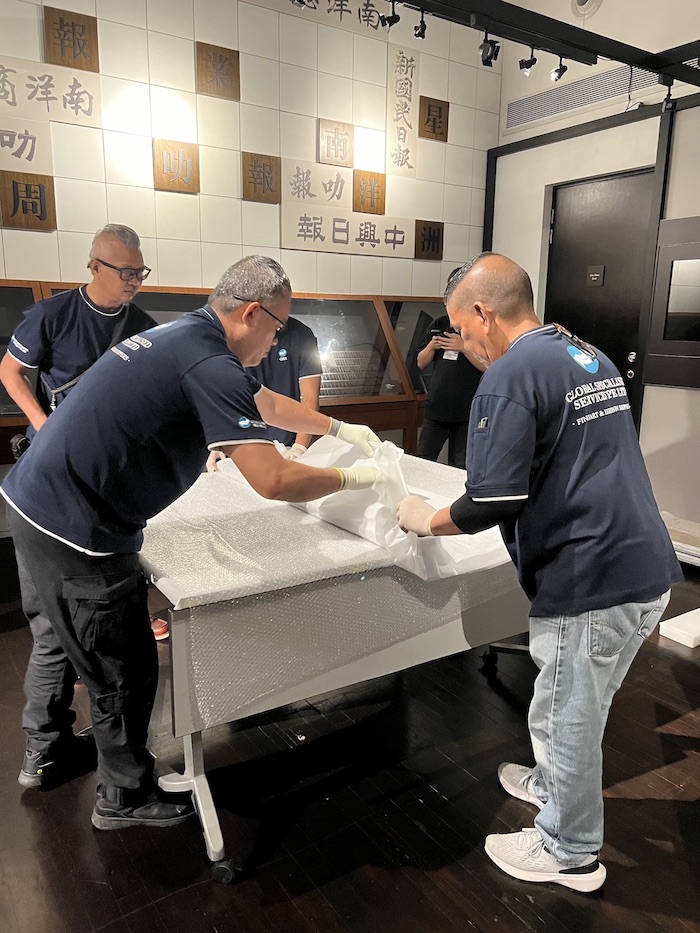of mouth: 8.6 cm
This vase depicts characters from 'Water Margin' (Shuihuzhuan), a Chinese classic about 108 outlaws who gathered on Mount Liang to oppose the government during the Northern Song (960-1126) period. Depicted on this vase are three Mount Liang heroes: Lü Fang, Li Jun (written as Li Hai on the vase) and Guan Sheng. All three were capable aides of Song Jiang, the heroic leader.This vase is painted in the style of Transitional wares. Such porcelains were so called because they were produced during the transitional period from Ming to Qing rule in China – from 1620 (with the death of the Ming emperor Wanli) till 1683 when the Jingdezhen porcelain industry was revived by Qing imperial patronage. During this 63-year interval, lack of financial support from the imperial court led Jingdezhen potters to search for other markets. Eager customers were found overseas, particularly in Japan and Europe. The vase could have been made for export, given the tulip motif around the neck of the vase, which first appeared on Chinese porcelain in the 1640s. Chinese artisans most likely copied this motif from sketches sent from Europe. While such motifs became very popular with the Dutch, figurative scenes, which had little or no meaning for foreign consumers, added to their exotic appeal.





